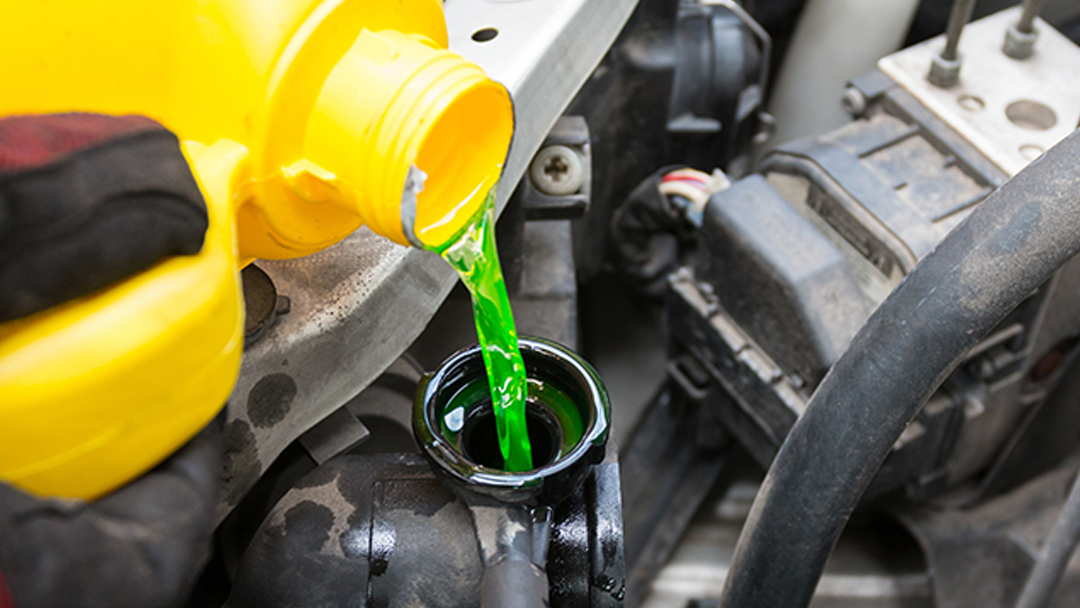Engine coolant not only cools the internal components of an engine but helps with the oil as well. Coolant passes from the water pump through the engine coolant passages in the block surrounding the cylinders and up through the cylinder heads.
Oil to the valve train returns to the oil pan through holes in the cylinder head, therefore the coolant mixture assists in lowering the temperature of the oil in the process. Additional cooling of the engine oil becomes more of a necessity as engines run at higher revolutions per minute, are turbocharged, or by pulling heavy loads.
Oil tends to drop in viscosity as it’s heated. At the proper temperature range, oil also maintains higher oil pressure and lubricates more efficiently.
Manufacturers provide additional oil cooling on the vehicles that warrant the process. There are several methods to cool engine oil. Any of these methods can be found in late-model vehicles.
In some cases, engine oil cooling pipes inside one of the radiator tanks provide the cooling necessary. The oil transfers from a port on the oil filter housing next to the oil filter travels through a hose to the radiator where it is cooled and returns to the oil filter housing. Coolant-to-oil filter housing cooling is another approach. In this system, cooled coolant is circulated to the oil filter housing to lower the oil temperature at the oil filter housing. Yet another involves a radiator return line leading to an air-cooled radiator in front of the engine coolant radiator that can further cool the oil. The oil then returns to the oil filter housing.









